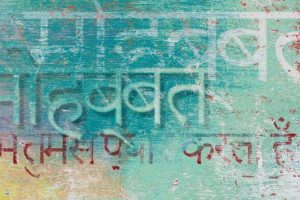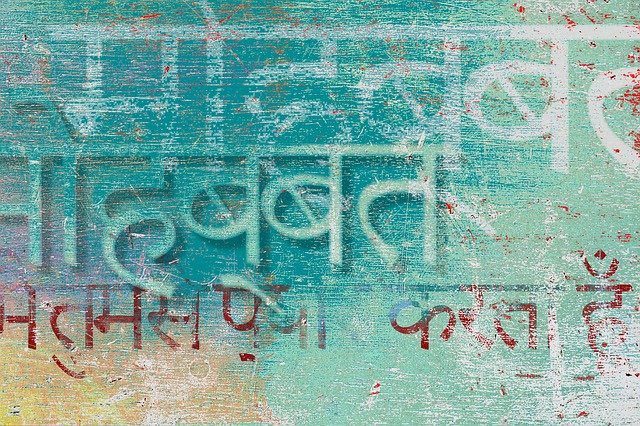As observed in many other countries, the English language is slowly altering the face of local languages due to its popularity and simplicity. While other nations merely add English loanwords to their mother tongue, preserving the meaning of terms in India is affecting the Hindi languages itself. It is rapidly growing into a hybrid language that wholly consumes Indian society and gives a completely new and fresh meaning to the English vocabulary. This newly created language is referred to as Hinglish and we will talk about it in detail in this article.
Origin and development of Hinglish
Hinglish started receiving popularity in the 1960s when Indian author Shobha De started using a mix of these languages in her works. By the beginning of the 21st century, with the arrival of music and entertainment channels, the trend of using this kind of mix became widely recognized.
The vast usage and popularity of this hybrid language comes from the combination of two principles – being modern, yet staying locally grounded. In India, it is considered prestigious to be able to speak in English. However, exposure to English in its clear form is tightly limited to the upper social classes. This is why the largest Indian group that is fluent in Hinglish is the young members of society.
Hinglish speakers – bilinguals or creators of a new trend
 India is home to a very large number of English speakers. The number is hard to confirm as it is quite a difficult task to determine what level of English proficiency is considered to be enough for a person to be fluent in the language. Nevertheless, statistics show that there are between 55 to 350 million people in India that can speak in English. Hinglish is a hybridized language that serves as the lingua franca of people speaking Hindi and those speaking English, but does that make them bilingual?
India is home to a very large number of English speakers. The number is hard to confirm as it is quite a difficult task to determine what level of English proficiency is considered to be enough for a person to be fluent in the language. Nevertheless, statistics show that there are between 55 to 350 million people in India that can speak in English. Hinglish is a hybridized language that serves as the lingua franca of people speaking Hindi and those speaking English, but does that make them bilingual?
A couple of studies demonstrate that Hinglish speakers do not necessarily have to be bilingual. The studies have been conducted by having short conversations with Hinglish speakers with only one condition – to speak only in Hindi. The results show that most of the subjects couldn’t speak clean Hindi without using English words to express themselves. This might serve to conclude that Hinglish is a whole new language emerging, rather than just a fashionable slang.
Hinglish and the translation business
With Hinglish becoming more and more sought-after, the translation business has taken on a new adventure of trying to incorporate it in its process. Many international companies prefer using Hinglish for their advertisements when introducing products on the Indian market.
Pepsi’s slogan ‘Yeh Dil Maange More!’ (The heart wants more!) is a perfect example of how international companies use the trend to popularize their products.
Another example is a shampoo commercial in India starring the Bollywood actress Priyanka Chopra that shakes her glossy hair before looking at the camera and says “Come on girls, waqt hai shine karne ka!” (Come on girls, it’s time to shine!)
While this mix of languages has earlier been seen as a dialect of the lower classes, it is now the means to catch the attention of the largest Indian group of consumers. This is where you might need the services of an experienced representative of the translation business. 1-StopAsia can help you in placing your product on the Indian market in the proper way as our professionals are adept not only at the correct use of languages but also to their trends.
